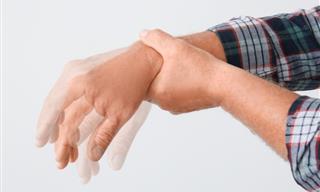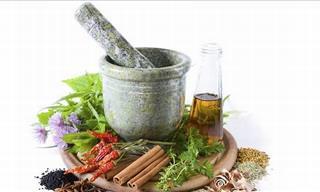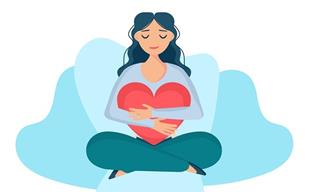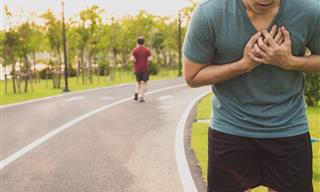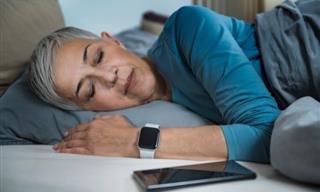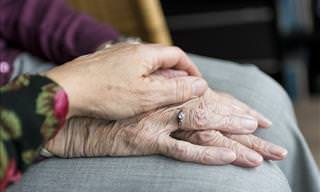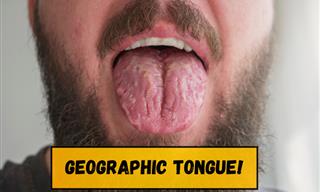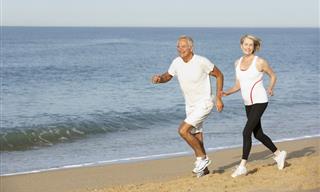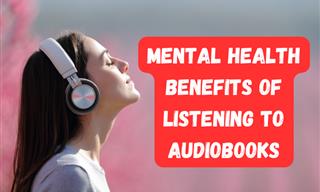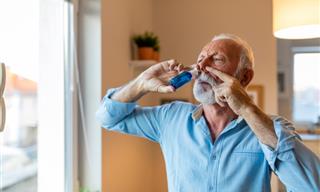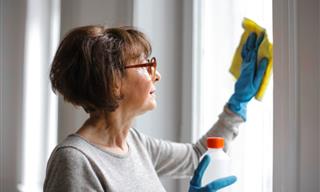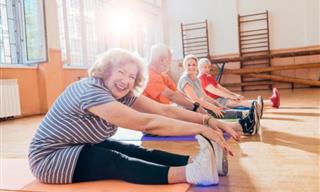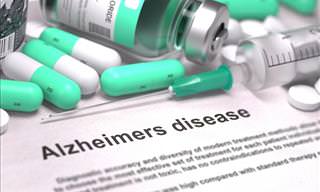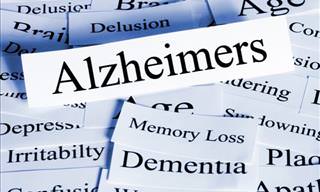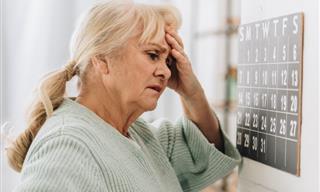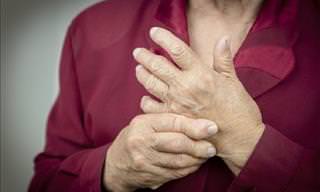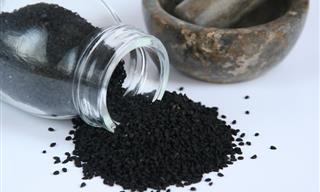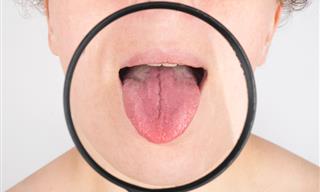As we start to get older, the signs of aging become increasingly apparent, but there are many ways to combat them, and dancing might just be the best one! While some of these signs may only be aesthetic like the wrinkling of one's skin or the greying of one's hair, others can be far more disruptive. Old age may rear its weary head in the form of true physical discomfort, like weakened bones, loss of balance, memory and other forms of physical and mental impairment.
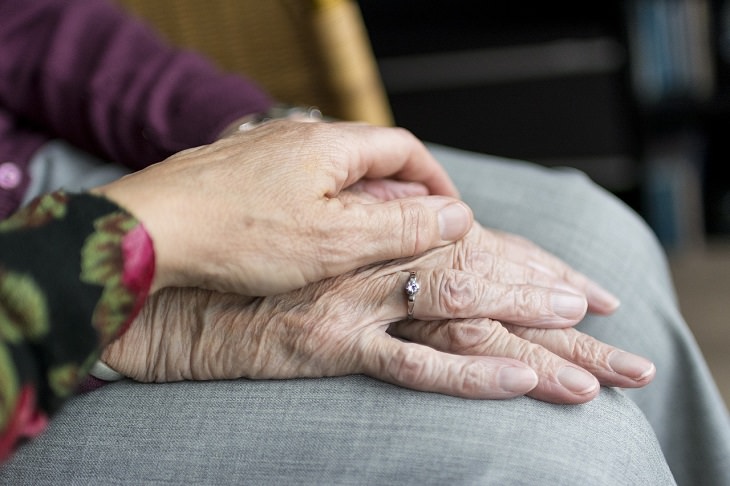
These can be made worse by pre-existing or developing conditions like arthritis or Alzheimer's Disease. This study, conducted by a team of researchers in a University in Germany, has determined that you may be able to reduce the effects of aging through the art of dance.
The Role of the Hippocampus...

One major observation that had been established prior to the study was the effects of aging on the hippocampus, the portion of the human brain that regulates emotions, memory, motor functions, and the central nervous system. However, it was also noted that despite the continuous damage that occurs to the hippocampus over time, it remains one of the few portions of the brain that continues to generate new neurons throughout the entirety of one’s lifespan. This ability of the hippocampus to continually form synaptic connections is termed as neuroplasticity.
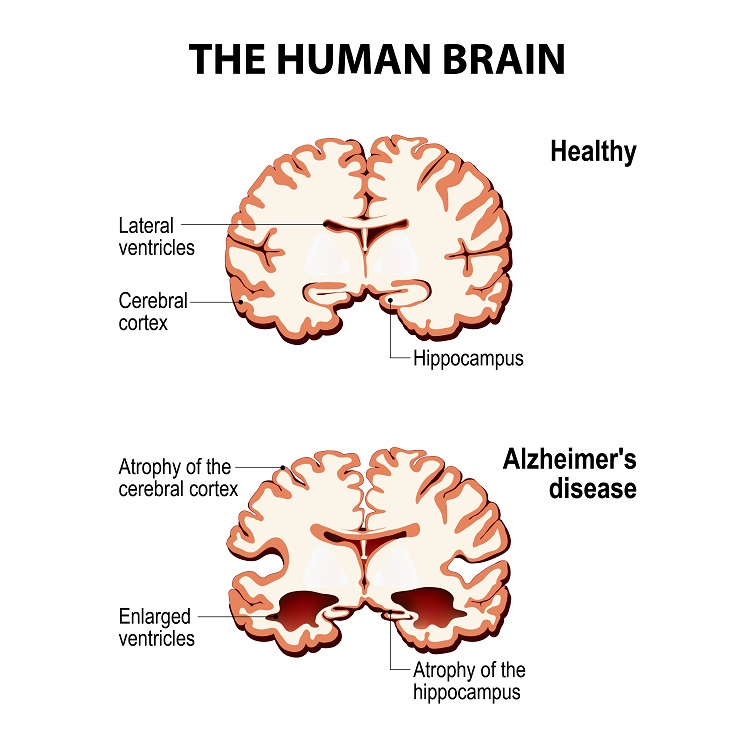
Numerous previous studies looked into the possibility of physiological activities acting as mediators for neuroplasticity in the hippocampus. While studies on animals showed that any physical activity can be a mediator for the creation of neurons, the studies dealing with the human physiology focused specifically on the effects of aerobic fitness and training. Various studies delved into the connection between cardiorespiratory fitness and the volume of the hippocampus. While some studies noted a positive correlation between the two, others failed to find any correlation at all.
Moving Forward...
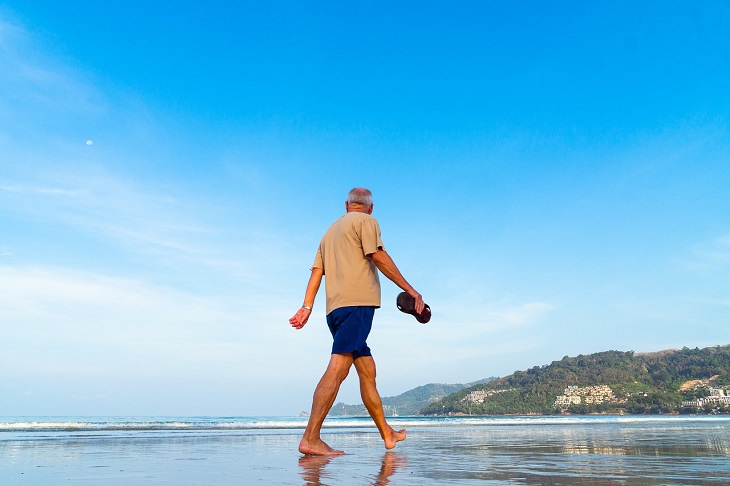
Keeping in mind the uncertainty surrounding this correlation between cardiorespiratory exercise and the improved condition of the hippocampus, this study took a step further. The hippocampus is a part of the brain that performs many functions for the body, which were divided into 5 specified subfields for the purpose of the study. These subfields included working memory and spatial relations, i.e., coordination and learning.
This team of researchers followed the lead of a previous study that noted the positive effects of dynamic balance training on the volume of gray matter in the hippocampus in healthy seniors. Dancing was, therefore, determined to be a possible viable form of exercise to reduce impairment caused to the hippocampus caused by aging, as it would stimulate the use of numerous sensory organs.
The Focus of the Study...
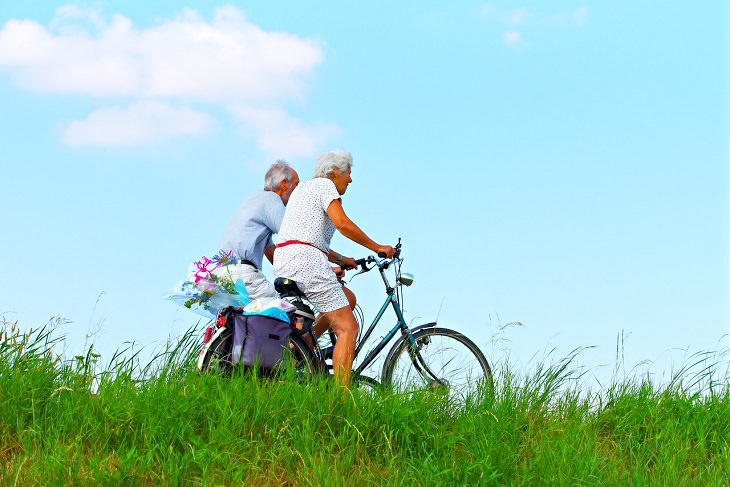
The study, conducted by experts from a variety of departments in the Otto von Guericke University, Magdeburg, Germany, was a comparative analysis of the effects of two major types of motor fitness: dancing and endurance training. A group of volunteers was selected, having an average age of 68 years. They were divided into two groups, one of which was assigned endurance fitness and the other to be instructed in dancing.

Weekly classes were held over 18 months. The endurance exercises included cycling and Nordic walking among others. The other group was instructed in a variety of dance forms like jazz, square, line, and Latin American dancing. Different routines were taught every few weeks, making an important part of the exercise the challenge to recall the steps.
The Final Result...
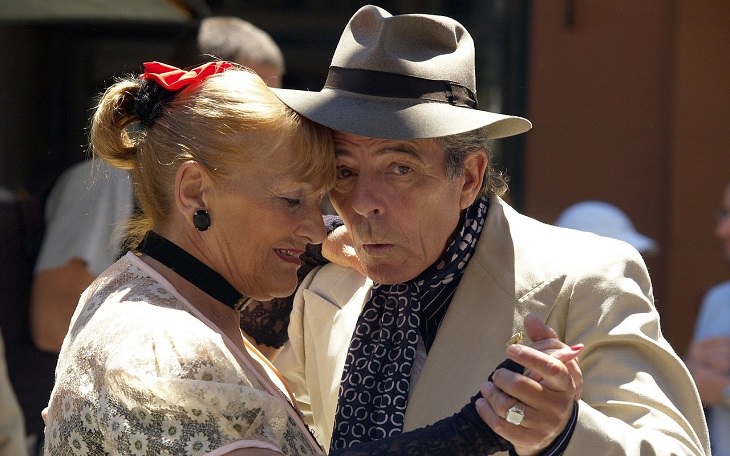
Both forms of exercise were found to have positive effects on the hippocampus. The volunteers that participated in the dance showed a significant increase in memory and balance. When measuring hippocampus volumes, it was observed that there was an increase in 4 out 5 subfields, 1 in particular that the endurance fitness routine did not affect. While improvement in memory could be attributed to an increase in hippocampus volumes, no physical correlation could be found between the improvement in the hippocampus and the improved balance of the members of the dance group.

While balance may not be directly related to the hippocampus, it is nonetheless a positive side effect of the practice of dancing. Dancing has the same benefits as cardio-respiratory and endurance exercises, as well as a few others in slowing down age-related impairments in elderly persons. The combination of music, movement, coordination, and memory has been seen to be extremely beneficial to the body and mind for anyone looking to live a healthy life.
 Go to BabaMail
Go to BabaMail












